Create a custom search folder

You can quickly set up a search folder using predefined criteria in Outlook 2013. But if you don't find exactly what you want, create your own custom search folder.
Create a custom Search Folder
-
In Mail, click FOLDER.
-
In the New group, click New Search Folder. Keyboard shortcut to create a search folder is Ctrl+Shift+P.
-
From the Select a Search Folder list, click Create a custom Search Folder.
-
Under Customize Search Folder, click Choose.
-
Type a name for your custom search folder.
-
Click Criteria, and then select the options that you want.
-
The Messages tab contains criteria on the message content or properties, such as sender, keywords, or recipients.
-
The More Choices tab contains criteria on other message conditions, such as importance, flags, attachments, or categorization.
-
The Advanced tab enables you to make detailed criteria.
-
Under Define more criteria, click Field, click the type of criterion that you want, and then, click the specific criterion from the list.
-
Then in the Condition box and the Value box, click the options that you want, and then click Add to List.
-
Repeat for each criterion that you want to add to this search folder, and then click OK.
-
-
-
Click Browse, select the folders that you want to be searched.
Want more?
A search folder continuously searches for the mail that matches your criteria.
You can quickly set one up by right-clicking Search Folders, clicking New Search Folder, and then, choosing one of the pre-defined criteria.
But if you don't find exactly what you want, you can create your own folder.
Scroll down to the bottom of the list and click Create a custom Search Folder. Then, click Choose.
Let's say we want the folder to continuously sift through our incoming mail to show us just Support mail related to Billing.
In Name, let's type Support:Billing. Then, click Browse.
This is where we determine the scope of the search. By default, the entire mailbox is selected.
Let's check Inbox to restrict the search to just the items there, and uncheck the mailbox.
Then, make sure Search subfolders is checked, so the folders under Inbox will also be searched. Click OK.
Next, click Criteria. With the pre-defined options, you can only choose one type of criteria.
Here, we can enter a number of criteria on one or more of these tabs: Messages, More Choices, and Advanced.
Let's start with the Messages tab.
First, we want to search for the word Billing, so type that here.
We'll let our customers know that if their mail relates to billing, we want them to type that word in the Subject line.
So, here we can restrict the search to the subject field only.
Next, click Sent To. Select the Support Team name in the address book, click Sent To, and OK.
This further narrows our criteria to mail that we receive via the Support Team group that we are a member of.
Now let's see what else we can do to fine-tune our criteria. Go to the More Choices tab.
Here, we can narrow the search to selected Categories and Only items which are flagged, for example.
Let's check Whose importance is:, and make sure normal is selected.
This way we won't see mail with High or Low Importance.
And click OK.
Now, we can select Support:Billing to view mail in our Inbox sent to the Support Team, with Billing in the Subject line and Normal importance.
Next, we can take it a step further and create more search folders to sort our mail into smaller groups.
We'll do that using the same process.
Right-click Search Folders, and click New Search Folder. Click Create a custom Search Folder, Choose, and type a name.
Click Browse and narrow the scope to the Inbox and Search subfolders.
Then, click Criteria and search for the words new customer. Add quotation marks around the words.
That way, both words will have to appear together in order to meet the criteria.
Make sure subject field only is selected. Click Sent To, select Support Team and add it to the Sent To line.
And on the More Choices tab, check Whose importance is:, Normal, and click OK.
Now in the new search folder, we can see the Support mail related to new customers.
Next, we can add as many more search folders as we need, to help us manage our Support mail.
So by using custom search criteria, you can really put search folders to work for you.
But if you need even more help fine-tuning your search folders, watch the next video in this course, Use advanced criteria in a custom search folder.
No comments:
Post a Comment